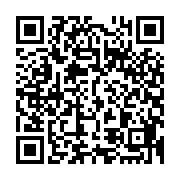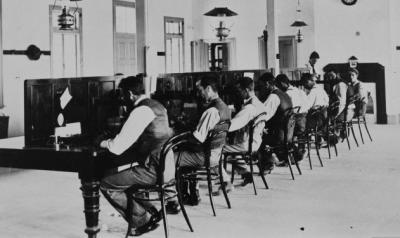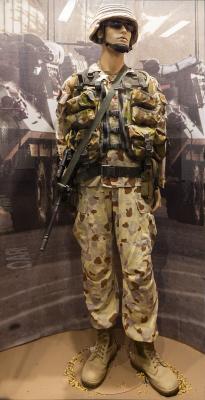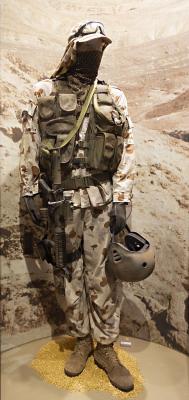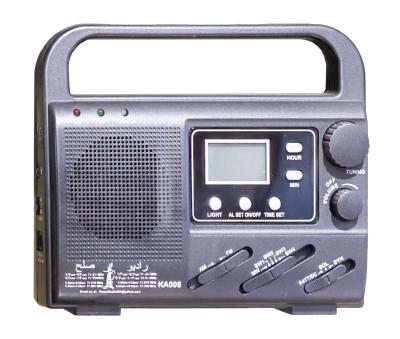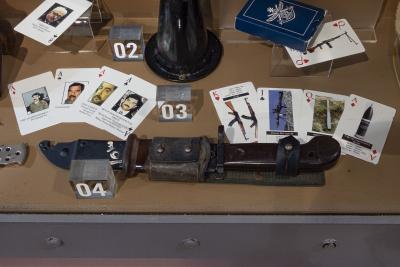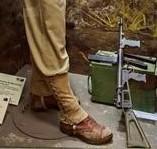Technologies, Communications and Codes, International Morse Code
Morse code is a telecommunications method which encodes text characters as standardized sequences of two different signal durations, called dots and dashes, or dits and dahs. Morse code is named after Samuel Morse, one of the early developers of the system adopted for electrical telegraphy. Since many natural languages use more than the 26 letters of the Latin alphabet, Morse alphabets have been developed for those languages, largely by transliteration of existing codes.
International Morse code encodes the 26 basic Latin letters A to Z, one accented Latin letter (É), the Arabic numerals, and a small set of punctuation and procedural signals (prosigns). There is no distinction between upper and lower case letters. Each Morse code symbol is formed by a sequence of dits and dahs. The dit duration can vary for signal clarity and operator skill, but for any one message, once established it is the basic unit of time measurement in Morse code. The duration of a dah is three times the duration of a dit (although some telegraphers deliberately exaggerate the length of a dah for clearer signaling). Each dit or dah within an encoded character is followed by a period of signal absence, called a space, equal to the dit duration. The letters of a word are separated by a space of duration equal to three dits, and words are separated by a space equal to seven dits.
Details
Details
Morse code can be memorized and sent in a form perceptible to the human senses, e.g. via sound waves or visible light, such that it can be directly interpreted by persons trained in the skill. Morse code is usually transmitted by on-off keying of an information-carrying medium such as electric current, radio waves, visible light, or sound waves.The current or wave is present during the time period of the dit or dah and absent during the time between dits and dahs.
Morse code and associated technologies are presented in the Communications Gallery commissioned by the Australian Army Museum of Western Australia as part of the Centenary commemorations of the Royal Australian Corps of Signals in the broader context of the evolution of communications technologies. Communication devices used by the Australian Army also are presented in their operational context throughout the Museum.
Australian Army Museum of Western Australia
Australian Army Museum of Western Australia
Other items from Australian Army Museum of Western Australia
- Pre 1914, Western Australia, East-West Telegraph Line, Eucla Telegraph Station
- Mannequin Display, Post 1945, Iraq War (2nd Gulf War), 2003 to 2013
- Mannequin Display, Post 1945, Central Asia, Afghanistan, Afghanistan War (War on Terror), 2001 to 2021
- Mannequin Display, Post 1945, Peacekeeping, Timor l'este / East Timor, 1999 - 2013
- Post 1945, Central Asia, Afghanistan, Radio Distribution, 2003 - 2020
- Post 1945, Iraq, Gulf War. Personality Identification Playing Cards, 2003
- World War 2, Owen Gun, 1943
- Post 1945, Poloroid Colorpak 80 Camera
- Inter War, Party Line Wall Phone 1930s
- World War 2 Japanese Electrical Test Equipment, Variable Output Power Supply
- World War 2, Japanese Electrical Test Equipment - Voltmeter
- Post 1945, Australian Wireless Set A510, 1950s

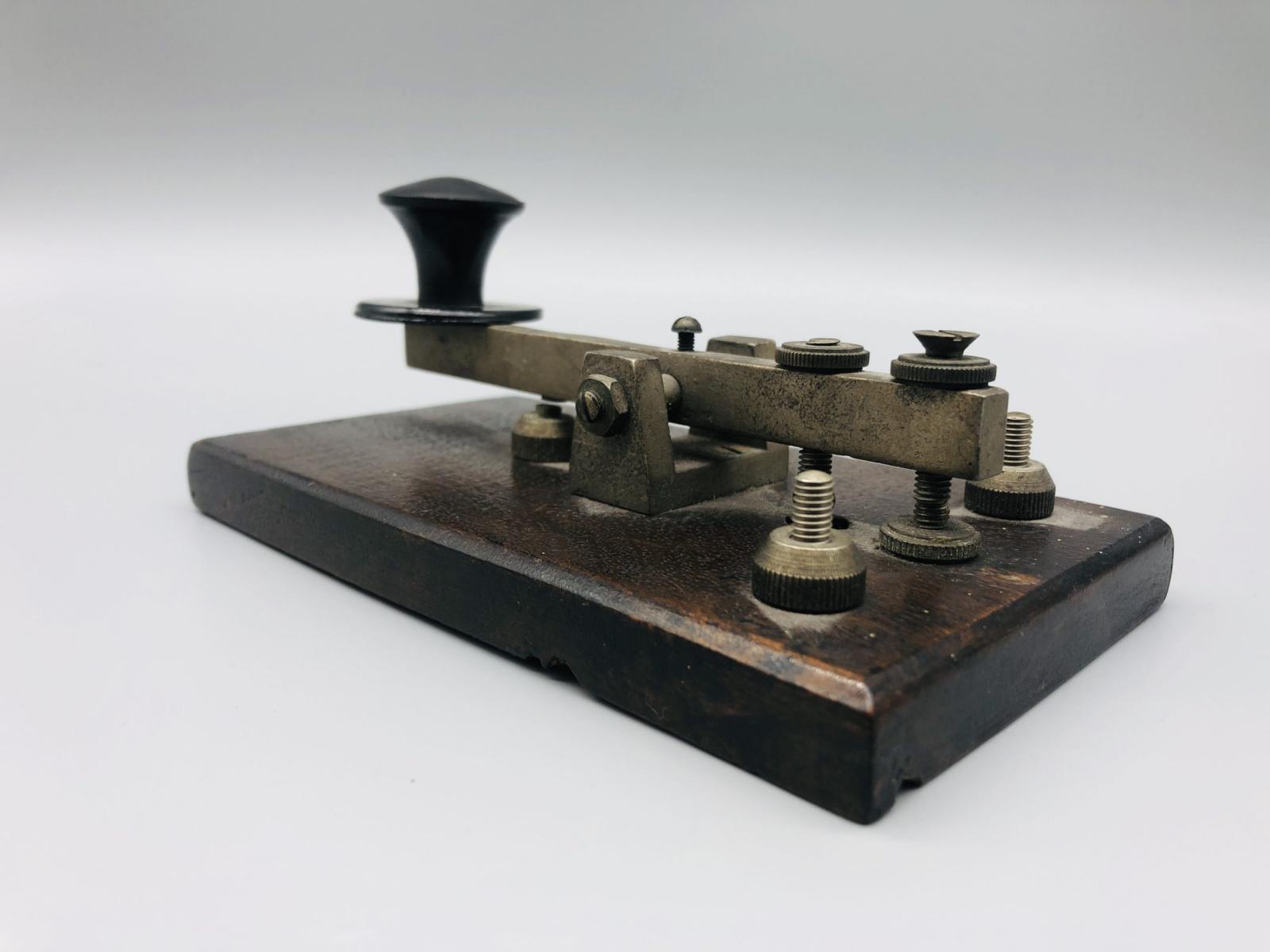
Scan this QR code to open this page on your phone ->
